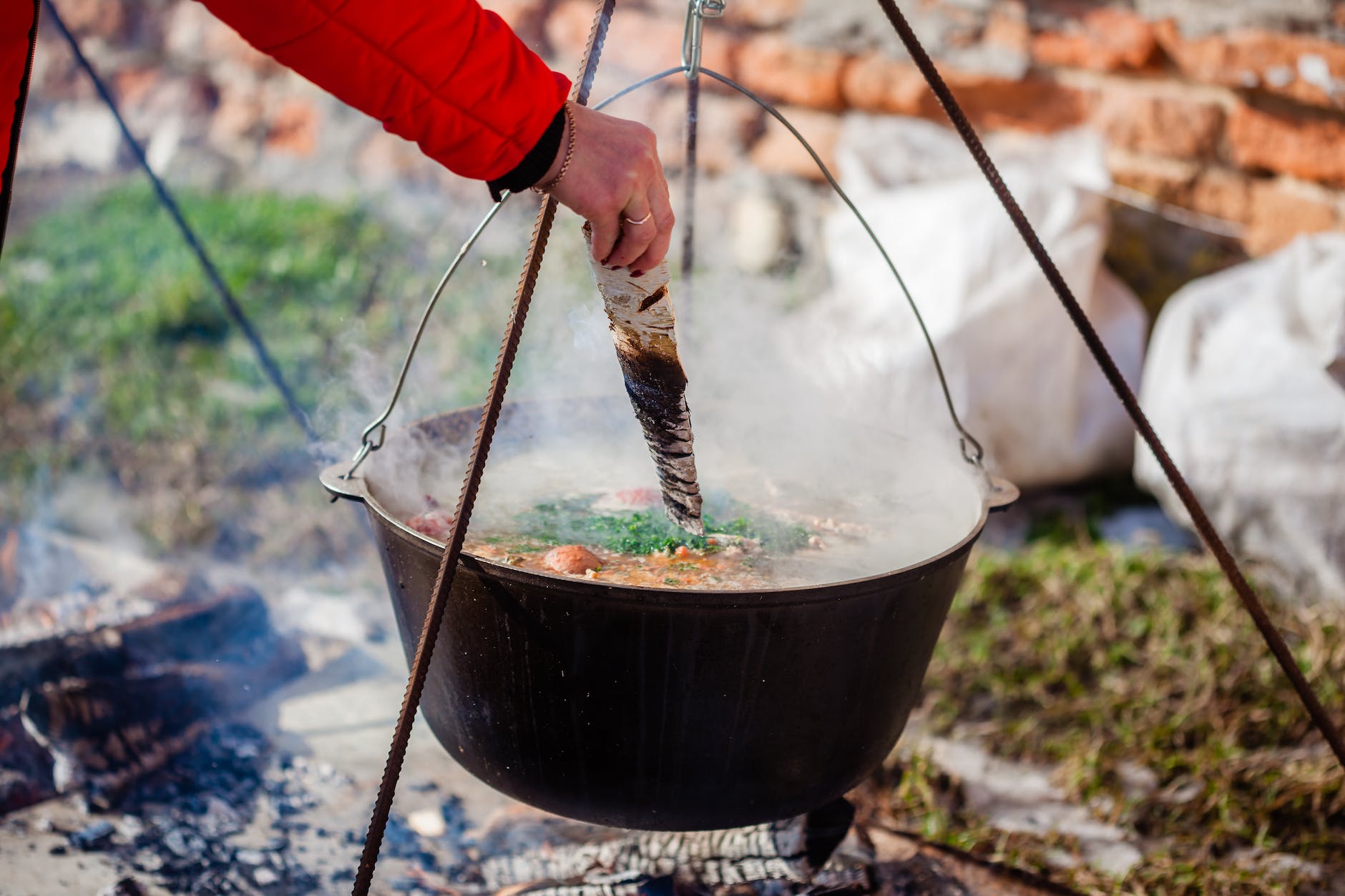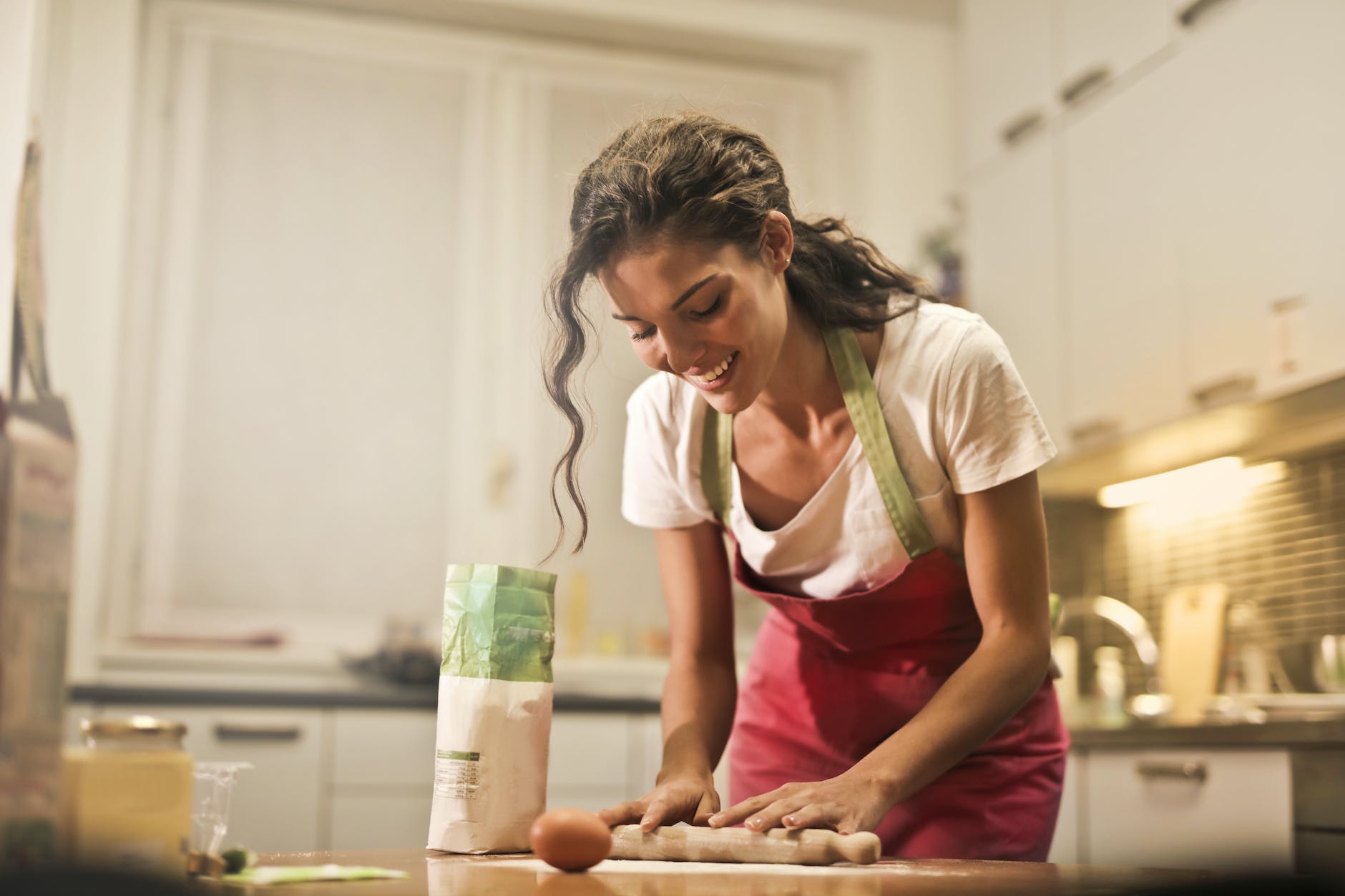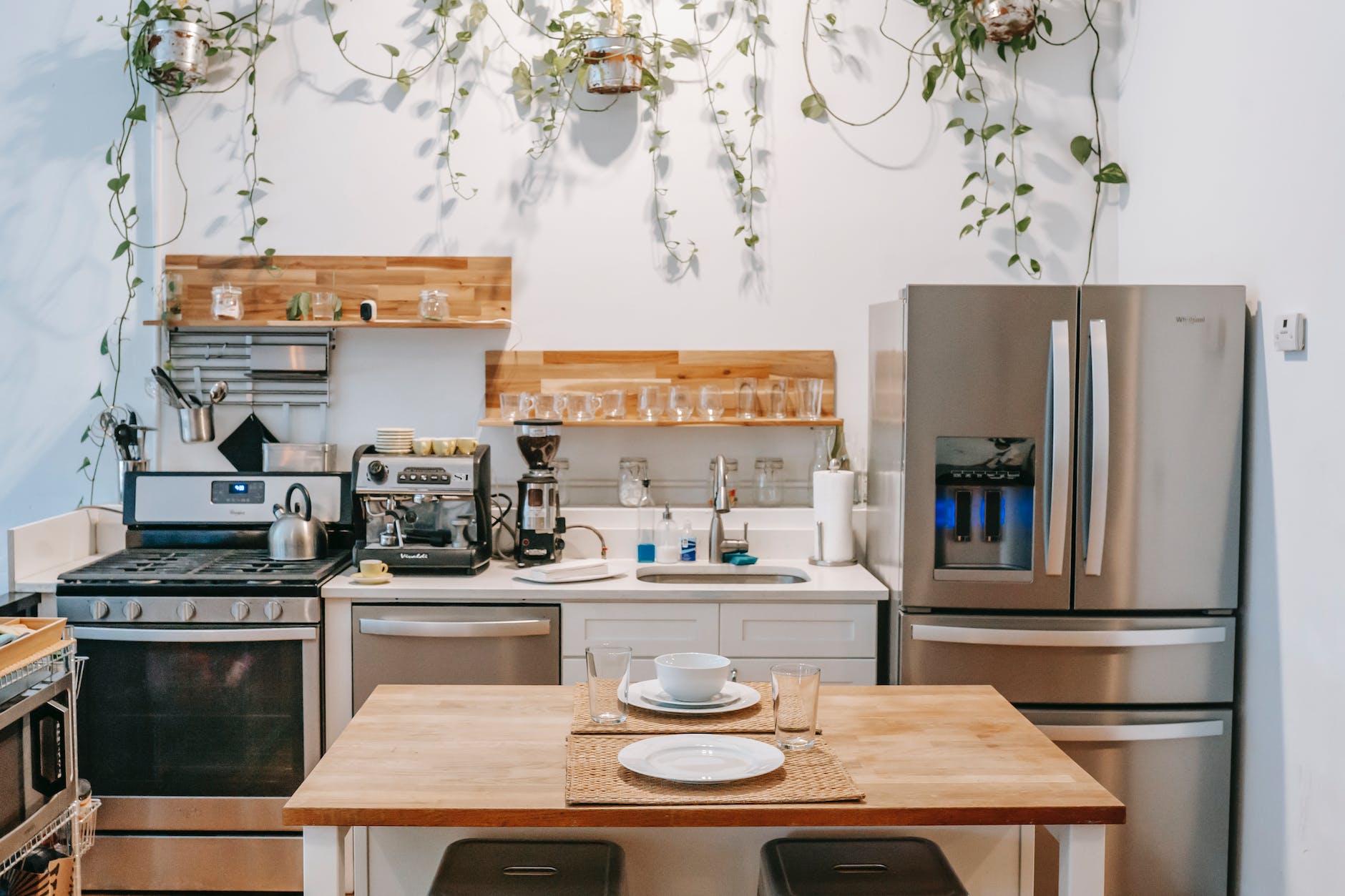
Cast iron pots have, for centuries, been lauded for their undying durability, excellent heat retention, and almost magical ability to enhance the flavors of food. They’ve borne witness to countless hearty stews bubbling away, been the vessel for slow-cooked meats reaching peak tenderness, and lovingly cradled soups that warm the soul. Yet, there are a few potential stumbling blocks on the path to the love affair with these seemingly timeless kitchen titans.
Before you set your heart on a cast iron pot, let’s dive deeper into the challenges you may face, and explore whether it’s the right addition to your culinary toolkit.
🌡️ 1. Too Hot to Handle: The Simmering Issue 🔥
The cast iron pot is the kitchen’s very own superhero when it comes to holding onto heat. But with great power, comes great responsibility. In the culinary world, this translates into the need for careful heat control. Certain dishes that require low and slow cooking or gentle simmering, like creamy risottos, delicate custards, or a subtle béchamel sauce, might find themselves at odds with the high-heat nature of the cast iron pot.
Imagine the scenario: you’re preparing a dinner party menu and decide to charm your guests with a velvety, homemade vanilla custard. But the cast iron pot, with its intense heat, might turn your custard dreams into a curdled nightmare. Hence, if your culinary journey often includes such delicate dishes, the robust heat of a cast iron pot may be more of a hindrance than a help.
🏋️ 2. Size and Weight: Heavy Lies the Crown 🏋️
One cannot deny that cast iron pots are the monarchs of kitchen durability. But as any monarch will tell you, the crown is heavy. Moving around a large, filled cast iron pot can feel like a workout, turning simple tasks into challenges. Draining a pot of boiled potatoes or transferring a pot roast from the stove to the oven suddenly becomes a daunting task.
This heft can also be a concern when it comes to storage. If your kitchen space is at a premium, accommodating these heavyweights can be a puzzle. Not to mention, their weight can be a risk factor, especially if there are children in the house who like to explore the kitchen. Therefore, if you lean towards lightweight cookware for ease of handling, this heavyweight champion might not be your match.
🔥 3. Overheating Risks: A Balancing Act 🔥
Like a sponge that soaks up water, a cast iron pot soaks up heat, and once it’s hot, it stays hot for a long time. This quality makes it a dream for dishes that require consistent heat over a long period, like a Sunday pot roast or a slow-cooked Bolognese sauce. However, it’s also incredibly easy for the pot to overheat, leading to burnt food.
That fragrant beef stew you were eagerly anticipating for dinner could quickly turn into a burnt disappointment if the pot is not carefully monitored. Hence, cooking with cast iron requires a careful balancing act, always keeping a vigilant eye on the heat to avoid any culinary disasters.
💰 4. The Price Factor: Quality Comes at a Cost 💰
As the old saying goes, “you get what you pay for”. Quality cast iron pots can indeed be expensive, often much more than pots made from other materials such as aluminum or stainless steel. The initial cost may seem steep, but many argue it’s a one-time investment given the pot’s longevity.
However, if you’re just starting out in the world of cooking or working within a budget, the high price tag can be a deterrent. It’s crucial to balance the cost factor with your cooking needs, frequency of use, and the value you place on the pot’s durability and performance.
🕐 5. Quick Cooking Quandaries: Patience Is the Key Ingredient 🐢
We live in a fast-paced world where “quick and easy” has become a mantra in many areas of life, including cooking. Unfortunately, the cast iron pot hasn’t quite caught up with this mantra. It is slow to heat up, which means it’s not your best bet when you need to quickly boil water for your morning coffee or rustle up a quick stir-fry for a weeknight dinner.
While a pot of chili or a slow-cooked cassoulet might not mind this slow pace, your busy weekday schedule might not be as forgiving. So, if quick meals are a staple in your kitchen, the cast iron pot might not make the cut.
🎯 Conclusion: Is a Cast Iron Pot Your Kitchen Soulmate? 🎯
After this deep dive into the world of cast iron pots, you might find yourself questioning their place in your kitchen. The challenges are real: managing high heat, dealing with considerable weight, monitoring for overheating, factoring in the cost, and the patience needed for the pot to heat up. These hurdles might seem overwhelming.
Yet, despite these issues, the cast iron pot has many ardent admirers. They relish the unique flavors it imparts to dishes, appreciate the consistent heat for certain types of cooking, and view its high-maintenance nature not as a chore, but as a testament to their commitment to cooking.
If you share these sentiments, enjoy spending time cooking, and don’t mind the extra effort that a cast iron pot demands, it could be a worthy addition to your kitchen arsenal. If, however, you lean towards quick, easy cooking and prefer lightweight, low-maintenance cookware, you might want to explore other avenues.
Remember, the right cookware should sync with your lifestyle, cooking habits, and kitchen preferences. Whatever you choose, may your culinary adventures be filled with delicious outcomes and delightful memories. Happy cooking! 🍲🔥🥘
Blog Tags: cast iron pot, cookware, heat control, heavy kitchenware, overheating risk, cookware cost, slow heating, cooking experience, kitchen equipment, culinary adventure, food preparation tips, kitchen guide











